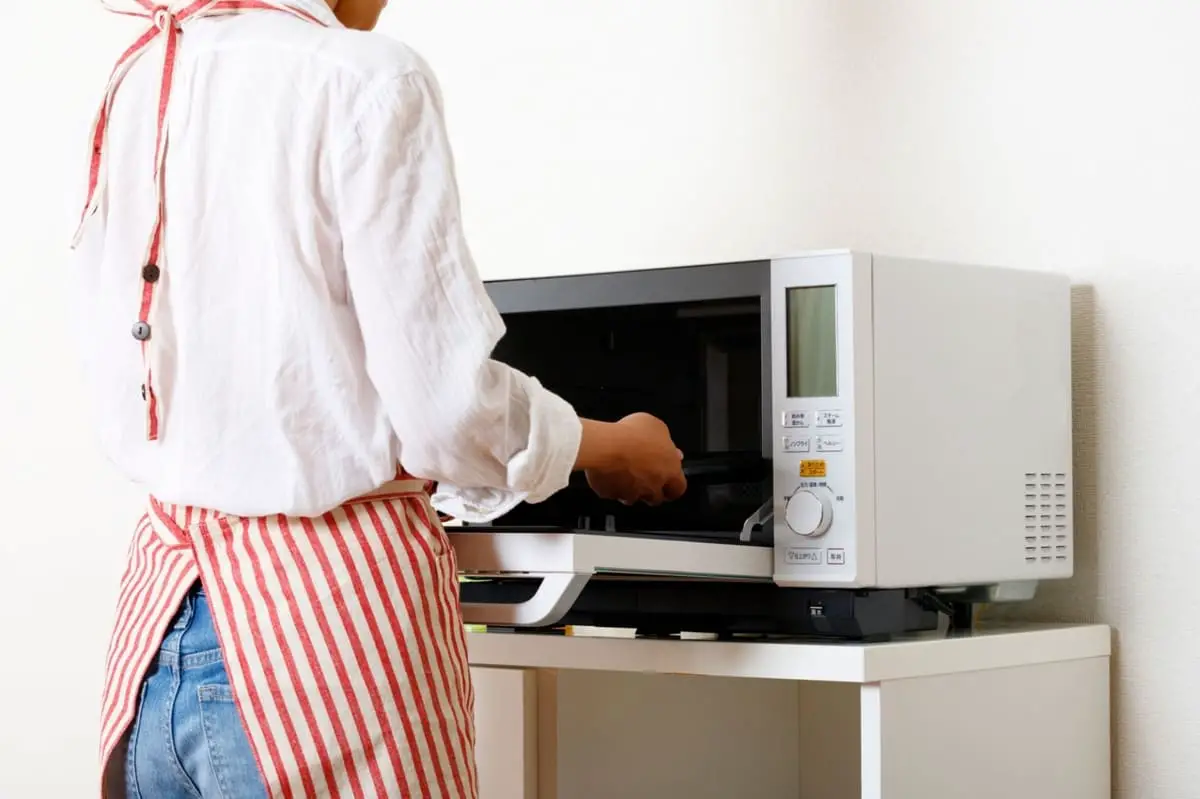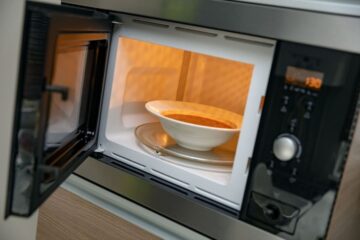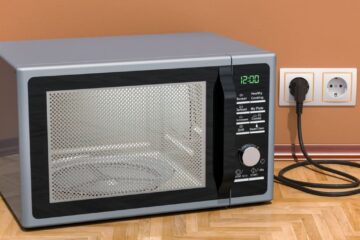Borosilicate glass is known for its durability, heat resistance, and clarity, making it a popular choice for glassware, especially for cooking and serving food and drinks. However, concerns have been raised regarding the potential presence of lead in borosilicate glass and its impact on health. In this article, we will explore is borosilicate glass lead free, including its composition, lead levels, testing methods, safety regulations, and advantages and disadvantages.
What is Borosilicate Glass?
Definition of borosilicate glass
Borosilicate glass is a type of glass composed of silica and boron oxide, with a low coefficient of thermal expansion, making it resistant to thermal shock and able to withstand high temperatures.
Composition and manufacturing process
Borosilicate glass is made by melting silica and boron oxide together at high temperatures, then cooling it slowly to create a glass with low thermal expansion. It may also contain other additives, such as aluminum oxide or potassium oxide.
Advantages of borosilicate glass
Borosilicate glass is known for its durability, heat resistance, and clarity, making it a popular choice for glassware used in cooking and serving food and drinks. It is also non-reactive, meaning it does not interact with the substances it comes in contact with.
Lead in Glassware
Explanation of lead in glassware
Lead is a heavy metal that can be found in some types of glassware, often added to improve clarity and shine.
Potential health risks
Exposure to lead can have serious health consequences, especially for children and pregnant women. Lead can affect the nervous system, brain development, and cause behavioral and learning problems.
How to determine if a glass contains lead?
There are several ways to test for the presence of lead in glassware, including using a lead testing kit or sending a sample to a laboratory for analysis.
The Borosilicate Glass and Lead Connection
Historical use of lead in borosilicate glass
Historically, borosilicate glass was made with lead, as it was believed to improve the glass’s properties. However, lead is no longer used in contemporary borosilicate glass production.
Contemporary borosilicate glass and lead levels
Contemporary borosilicate glass is made without lead, and is considered to be lead-free. However, there have been cases of borosilicate glassware being found to contain trace amounts of lead, usually due to contamination during the manufacturing process.
Comparison with other types of glass
Compared to other types of glassware, borosilicate glass is less likely to contain lead, as it is not typically used as an additive.
Testing for Lead in Borosilicate Glass
Common testing methods
Lead testing kits or laboratory analysis can be used to test for the presence of lead in borosilicate glass.
How to interpret test results?
Test results should indicate whether the glass is below the legal limit for lead content. In the US, the limit is 0.009% lead by weight.
Potential limitations of testing
Testing may not be able to detect trace amounts of lead or may produce false positives, so it is important to choose a reliable testing method.
Borosilicate Glass Manufacturers and Lead Testing
Overview of major borosilicate glass manufacturers
Major borosilicate glass manufacturers include Schott, Pyrex, and Kavalier. These companies have been producing borosilicate glass for many years and have developed their own testing procedures to ensure the safety and quality of their products.
Their testing procedures and results
Schott, Pyrex, and Kavalier all have their own testing procedures to detect lead in their glassware. They use a variety of methods, including X-ray fluorescence (XRF), atomic absorption spectroscopy (AAS), and inductively coupled plasma mass spectrometry (ICP-MS).
Schott, for example, has a dedicated laboratory that uses these techniques to measure the concentration of various elements in their glassware, including lead. They also perform additional tests to ensure that their glassware is free from other harmful substances, such as cadmium and arsenic.
Pyrex also has a rigorous testing process that includes testing the glassware for lead and other heavy metals, as well as for thermal shock resistance and other durability factors.
Kavalier also conducts regular testing of their borosilicate glass products for lead and other heavy metals, as well as for other quality factors, such as chemical durability and thermal stability.
How to obtain testing information from manufacturers?
If you are interested in obtaining testing information from borosilicate glass manufacturers, you can contact them directly and ask for their testing procedures and results. Many manufacturers have this information readily available on their websites or can provide it upon request.
Some manufacturers may also have their products independently tested by third-party laboratories to verify the results of their own testing procedures. This can provide additional assurance that their glassware is safe and lead-free.
Safety Regulations and Standards
International safety regulations for glassware
There are several international safety regulations that apply to glassware, including borosilicate glassware. One of the most widely recognized is the European Union’s Restriction of Hazardous Substances (RoHS) directive, which restricts the use of certain hazardous substances in electronic and electrical equipment, including lead.
Other international safety regulations that may apply to glassware include the ISO 7086 standard, which specifies the requirements for resistance to thermal shock, and the ISO 4802 standard, which specifies the requirements for chemical resistance.
U.S. safety regulations for glassware
In the United States, the Consumer Product Safety Commission (CPSC) is responsible for regulating glassware safety. The CPSC has established limits for lead in children’s products, including glassware, but there are currently no federal limits for lead in adult glassware.
However, some states, such as California, have established their own limits for lead in glassware, and some manufacturers voluntarily adhere to these limits.
How these regulations apply to borosilicate glass?
Borosilicate glassware must comply with the same safety regulations as other types of glassware. Manufacturers must ensure that their products do not exceed the allowable limits for lead and other hazardous substances.
Misleading Claims about Borosilicate Glass
Common misconceptions about borosilicate glass and lead
There are several common misconceptions about borosilicate glass and lead, including the belief that all borosilicate glass is lead-free and that leaded glass is always heavier than lead-free glass.
How to spot misleading claims?
To spot misleading claims about borosilicate glass, it is important to look for verifiable information about the testing procedures used by the manufacturer and the results of these tests. Claims that are not backed up by data or that seem too good to be true should be viewed with skepticism.
Examples of misleading claims
One example of a misleading claim is the use of the term “lead-free” to describe borosilicate glass that may still contain trace amounts of lead. Another example is the claim that leaded glass is always heavier than lead-free.
Common misconceptions about borosilicate glass and lead
There are several common misconceptions about borosilicate glass and lead, including the belief that all borosilicate glass is lead-free and that leaded glass is always heavier than lead-free glass.
How to spot misleading claims?
To spot misleading claims about borosilicate glass, it is important to look for verifiable information about the testing procedures used by the manufacturer and the results of these tests. Claims that are not backed up by data or that seem too good to be true should be viewed with skepticism.
Examples of misleading claims
One example of a misleading claim is the use of the term “lead-free” to describe borosilicate glass that may still contain trace amounts of lead. Another example is the claim that leaded glass is always heavier than lead-free glass, which is not necessarily true as the weight of the glass can depend on various factors, such as the thickness and shape of the glass.
The importance of accurate labeling
Accurate labeling is essential for consumers to make informed choices about the products they purchase. Borosilicate glass products should clearly state whether they are lead-free or contain trace amounts of lead. This information can typically be found on the packaging or the manufacturer’s website.
The role of regulatory bodies
Regulatory bodies, such as the U.S. Food and Drug Administration (FDA) and the European Union (EU), set safety standards and regulations for borosilicate glass products. Manufacturers must comply with these standards and regulations to ensure the safety of their products. Consumers can check with these regulatory bodies for information on safety standards and potential health risks associated with borosilicate glass products.
Conclusion
In conclusion, borosilicate glass is a durable and safe material that is commonly used for laboratory and kitchenware products. However, it is important to be aware of potential misleading claims and to ensure that products are accurately labeled to make informed purchasing decisions. Consumers can also check with regulatory bodies for information on safety standards and potential health risks associated with borosilicate glass products.




